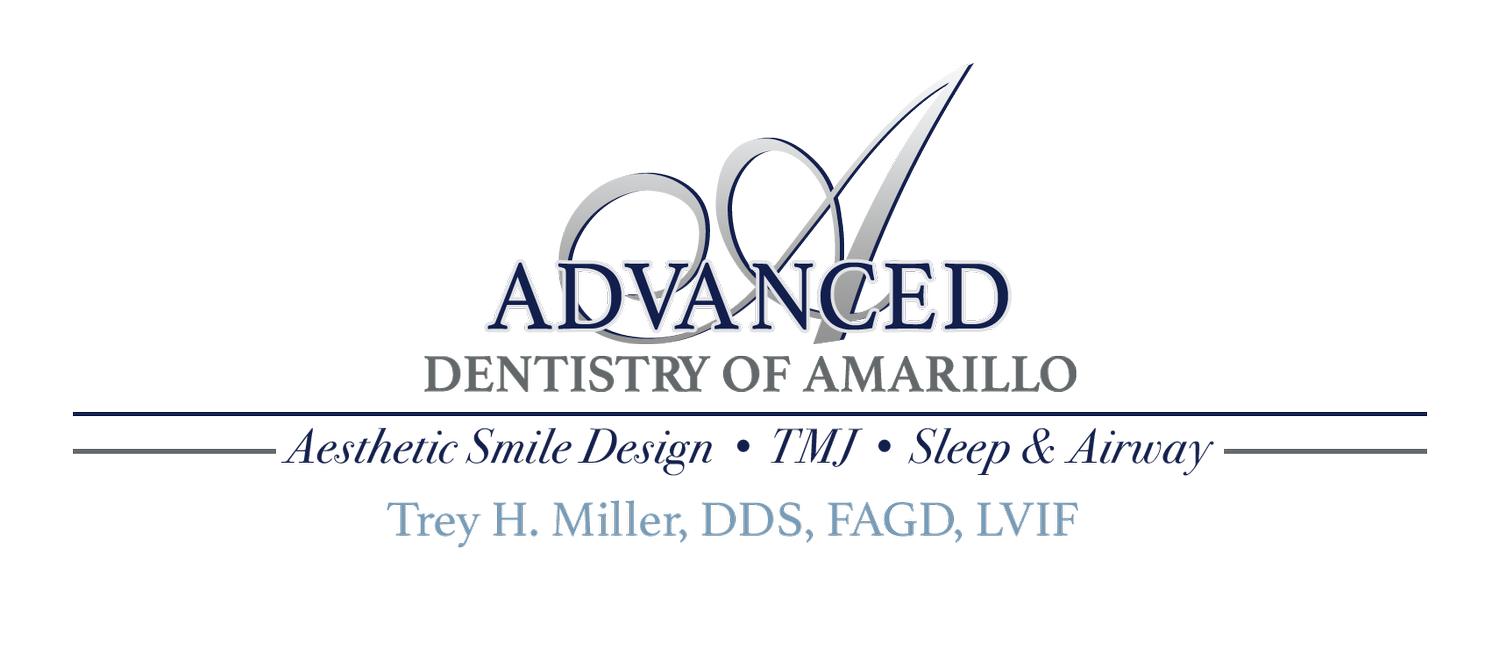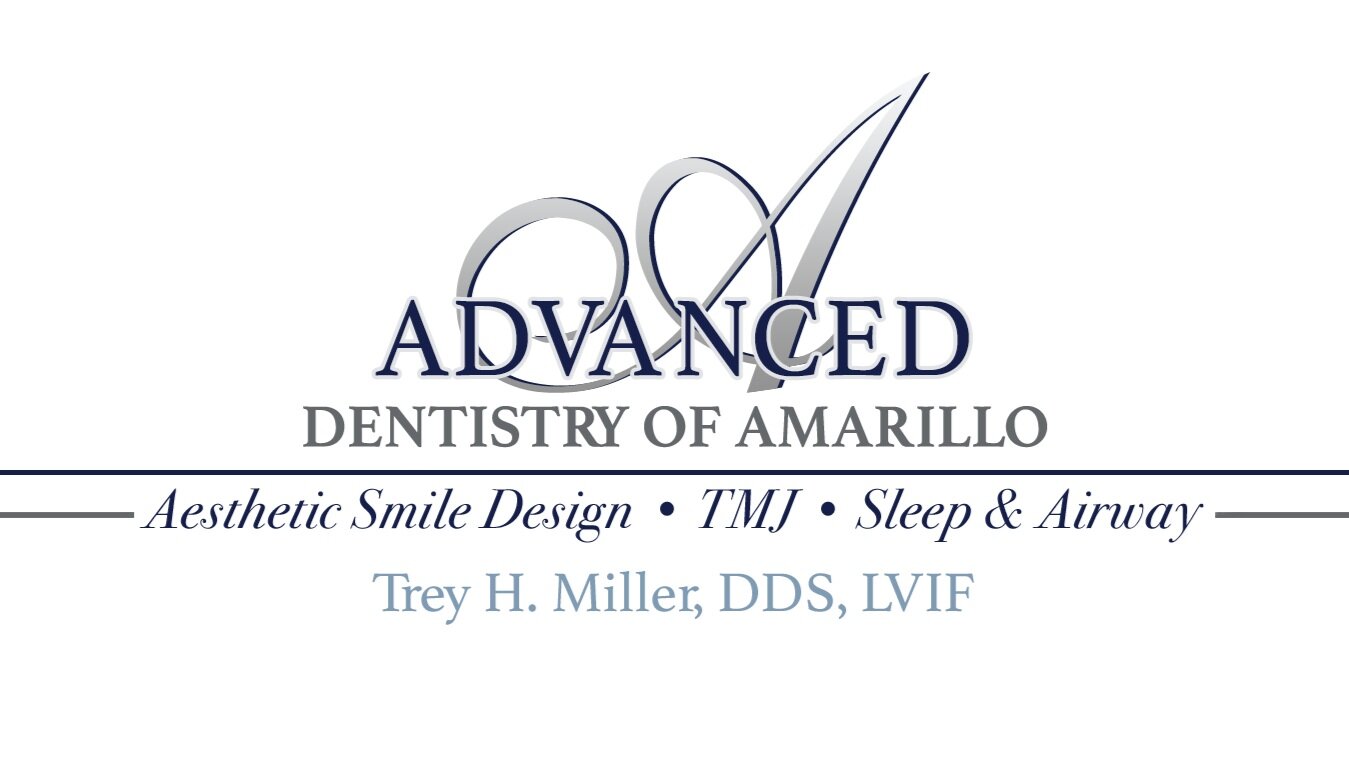TMJ TREATMENT
Temporomandibular Joint (TMJ) dysfunction, or TMD, includes chronic pain, clicking, popping, or locking that affects one or both jaw joints’ ability to function correctly. TMD can cause excessive wearing down of the teeth, severe facial pain, and relentless headaches. Dr. Miller has hundreds of dedicated hours of advanced training in this specialized area of dentistry, and helps patients regain an active lifestyle free from the painful and frustrating symptoms of TMD. Dr. Miller holds Fellowship status with the Las Vegas Institute of Advanced Dentistry (LVI), the finest postgraduate dental institution in the world. He is one of only approximately 100 dentists worldwide that have an up-to-date “Fellowship” distinction for treating complex bite management cases including complex TMJ cases and cosmetic full smile restorations. In order to maintain this credential, he commits to constantly updating himself by taking multiple courses a year to stay up with the latest developments in this complex field.
Let us help determine the best non-surgical method to relieve your jaw, head, and neck pain, for good.
Diagnostic Evaluation
What makes a dentist a “TMJ Dentist,” or “Neuromuscular Dentist”?
Neuromuscular dentistry resolves or improves TMJ dysfunction, tooth grinding, and sleep/airway issues, all by reducing stress on the jaw joint itself. The majority of TMJ symptoms originate from stress and tension in the surrounding muscles which are caused by their relationship to the body’s bone structures. The goal is to reduce stress on the surrounding muscles by modifying the rest position of the jaw to an ideal location, called a physiologic/neuromuscular rest position. Neuromuscular dentists use non-surgical methods to relieve jaw, head, and neck pain, without the need for ongoing use of prescription drugs.
How do Neuromuscular Dentists Diagnose TMJ Dysfunction?
Initial evaluation will allow the neuromuscular dentist insight into the exact causes and symptoms of each case of TMD. Since there are many reasons for jaw pain, migraines, a popping jaw joint, or lockjaw, looking for each cause by thorough evaluation the best place to begin. The doctor will feel around the TMJ joint itself and different muscles around the TMJ to understand how they are interacting and if there may be specific areas of tension leading to symptoms.
Assessment of Jaw Alignment:
Since an estimated 85% of TMD cases are caused by a poorly aligned jaw position, a neuromuscular dentist investigates current resting location and motion of the jaw. It is important to understand how TMD sufferers’ teeth bite together, and if there may be an issue with worn teeth caused by symptoms of neuromuscular tension like night grinding. The jaw path during opening and closing will be analyzed as well. If it is determined that more thorough diagnostic information is needed, a Bite Test including Sonography, 3-D Advanced Imaging, 3-D Computerized Jaw Tracking, MLS Cold Laser Therapy, TENS, EMG (Electromyography), and Computerized Bite Analysis is recommended so that the ideal neuromuscular position can be captured. In this position, patients’ symptoms often resolve. With this positional information, the best permanent treatment for each individual patient can be determined and presented.
TMJ Treatment Options
Healing Orthotic Appliance
Following the diagnostic evaluation, a possible next step our dentists may take to resolve TMD symptoms is to fit a patient for a customized “orthotic,” a device resembling an athlete’s mouthguard. These mouth guards hold the patients resting bite in the ideal neuromuscular position while symptoms are resolving. Many jaw pain patients report near-immediate relief of symptoms they have had for years, as soon as the orthotic is placed.
MLS Laser Therapy
MLS Laser Therapy, sometimes called Cold Laser Therapy, is an advanced, non-invasive treatment for pain management. “MLS” stands for Multi-wave Locked System, meaning multiple light wavelengths are used within the same laser. Because of these multiple wavelengths, this laser is able to simultaneously block multiple sources of pain in one area, as well as initiate cellular repair and growth in the area.
MLS Laser Therapy works because the laser boosts cellular energy, allowing your tissue to absorb nutrients more quickly while also increasing blood circulation, which means bodily nutrients are delivered to the painful area more quickly as well. It’s these processes that help promote fast healing and recovery in patients.
MLS Laser Therapy treats sports injuries to muscles and joints, nerve pain, arthritis, and on a more dental-specific level - tooth pain, shoulder/neck pain related to a bad bite, and TMJ joint pain. We also use it during our TMJ/Smile Makeover treatment protocols to help relax and reset sore, damaged muscles before taking the bite we will restore your mouth to. We have been getting incredible results using this!
Treatment with the MLS Laser takes only 10 minutes, with the number of treatments needed customized to your level of pain and discomfort.
If you have any of the types of pain mentioned above and would like to learn more about this treatment option for you, please contact us and we will happily answer any questions!
Orthodontics and Restorative Treatment
In order to prevent the jaw from returning to the previous bad jaw position that was causing all the painful symptoms, orthodontics or restorative dentistry (crowns/porcelain onlays) may be recommended. This is done to ensure that the teeth and jaw work together and allow the jaw muscles to permanently work in the correct position, leading to a lifetime of pain-free living.
Stabilizing Nighttime Neuromuscular Appliance
Some patients find that they are comfortable after completion of initial diagnostic appliance (orthotic) therapy and are feeling great, but for whatever reason do not wish to continue treatment and make the healthy bite changes permanent. In cases like this, we will recommend a Stabilizing Nighttime Neuromuscular Appliance. This appliance is only worn at night, but at least for the nighttime hours, the jaw is held in the physiologic position, thus letting the joints and muscles relax and decompress. For patients with mild TMJ problems, this solution might be enough to keep them acceptably comfortable all the time, but since this solution allows the jaw to return to the “bad bite” during the day, patients with moderate to severe TMJ problems might regress and see symptoms return.

